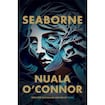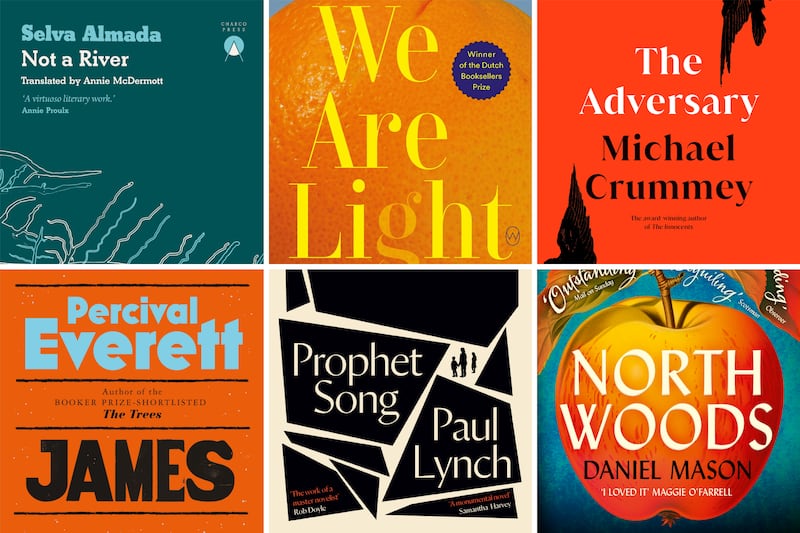
Three hundred years ago, a writer calling himself Captain Charles Johnson published a book called A General History of the Robberies and Murders of the Most Notorious Pyrates. This 1724 publication included a detailed account of the life of a woman called Anne Bonny, who sailed the seas with her lover, the famous pirate Captain ‘Calico Jack’ Rackham.
According to Johnson – who some have claimed was really Daniel Defoe writing under a pseudonym – Bonny was born in Co Cork, the child of a lawyer and his servant, and travelled with them to the New World only to run away from home and, eventually, take up pirating. In 1720, she, Rackham and the crew of his ship were eventually captured off the coast of Jamaica in a dramatic sea battle, during which Bonny and her fellow woman pirate Mary Read were the most ferocious fighters.
The pirate Anne Bonny definitely existed, but there’s no solid historical evidence for most of Johnson’s story, apart from the records of Rackham’s crew’s trials in Jamaica following their capture.
Over the last three centuries, however, the idea of a swashbuckling woman Irish pirate has, understandably, captured the imagination of many writers and scriptwriters; Bonny has appeared on screen multiple times, played most recently by Minnie Driver in the HBO series Our Flag Means Death. Now Nuala O’Connor, the acclaimed author of several works of historical fiction inspired by the life stories of real women, has given Anne a sparkling new vessel and sent her sailing into previously uncharted waters.
O’Connor’s Anne is a water baby, a true child of the sea – the book begins, wonderfully, with the little Anne being tossed playfully into the air by her loving mother and then plunging into the welcoming salty waves, where she is “swaddled in brine, listening to wave-rush, tasting salt”. From the start, she’s an outsider who despises “the stupidity of land”.
Later she compares herself to “a pole in the river, around which all else rushes”, and says that, although conscious of her isolation and sometimes lonely among her “human fellows”, she prefers to be separate, “and that makes a queer conundrum of me, even to myself”. She feels most complete on the water and with Bedelia, the indentured servant who, in this telling, is the real love of Anne’s life.
As anyone who has written historical fiction knows, historical facts can be both hindrance and help. They can provide a structure, but they can be binding too. O’Connor uses the lack of historical evidence around the real Anne’s life to her advantage, creating an utterly convincing narrative that builds towards the one thing we do know about Anne Bonny – her capture and her trial alongside Mary Read. On the way, O’Connor creates a vivid portrait of a complicated woman, both of her time (although frustrated by the limitations placed on her by her gender, she’s no political radical) and in advance of it.
This is an astonishingly sensual book in a very literal sense; Anne, and by extension the reader, experiences her world through all of her senses, and O’Connor renders the sounds, textures, smells and tastes of her life in brilliantly evocative prose. Anne is a being of sensation who is most herself on the water (“I feel the boat, feel the water. I listen. I feel. Eyes closed now, I lose my body in movement and let the sea sing its soaky song.”) and in the beds of her male and woman lovers. Anne’s sexuality is depicted with refreshing directness; she takes it for granted that she can be attracted to all sorts of people.
Those expecting a swashbuckling romp should adjust their expectations accordingly; Bonny doesn’t adopt the pirate life until half way through the novel, and is left rather disappointed by the lack of drama of her first pirate raid (“I own some part of me hoped for a regular fray to raise my blood and make a different person of me, so that I might feel justified in changing my life utterly and abandoning all I knew to sail away.”).
But those looking for a beautifully written portrait of an extraordinary woman in wild and windswept times will be richly rewarded. The ocean runs through every line of this fantastic book; after turning the pages, you feel as if you might taste salt water on your fingers.















